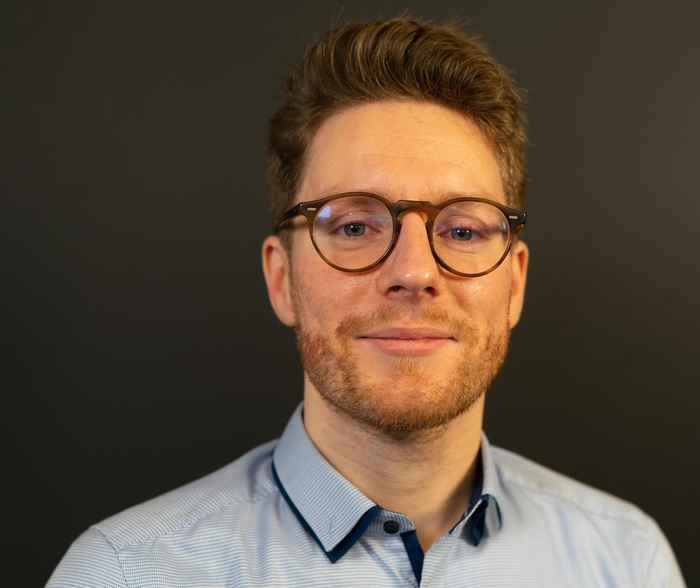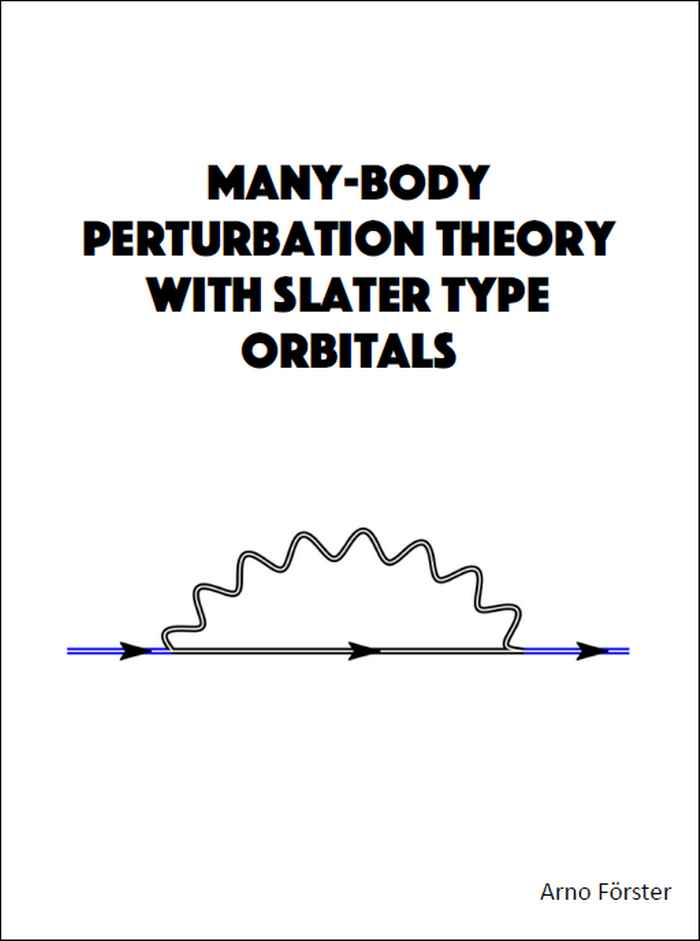Dick Stufkens Prize 2023 for theoretical chemist Arno Förster
Holland Research School of Molecular Chemistry recognizes outstanding PhD research in quantum chemical modelling
12 October 2023

Arno Förster's research concerns the modelling of molecules and materials at the fundamental quantum chemical level. This involves quantum mechanical calculations of electrons, their energies and their interactions. Since for large systems it is impossible to compute exact solutions, the models can only be approximations. However, thanks to powerful computers and sophisticated software, this can be done with increasing accuracy. To this Förster has now made a significant contribution. He implemented a novel modelling approach, based on the ‘many-body perturbation theory’ (MBPT), in the Amsterdam Density Function (ADF) software package.
Complex theory
The MBPT approach starts from a more or less hypothetical model situation that is relatively easy to solve, with no or minimal interactions. From there, ‘perturbations’ are added to include more electronic interactions and thus better approximate the actual system. Förster used the ‘GW method’ initiated by the Swedish quantum chemist Lars Hedin. It enables calculating electron ionization and addition and, with the addition of the so-called Bethe-Salpeter equation (BSE), also electronic excitations.
The rather complex GW-BSE method has already been used for ‘infinite’ systems such as electron gases and solids, and only recently gained popularity for molecules. Modelling molecules however requires different algorithms and comes with its own numerical challenges. Especially the modelling of large molecules which are often relevant in practical applications, often requires additional approximations which should not comprise the accuracy of the results.
Förster was able to meet all these challenges and implement the GW-BSE method in the innovative ADF software that has been developed in the Theoretical Chemistry group at Vrije Universiteit Amsterdam. It is now distributed and extended by the spin-off company SCM. ADF is particularly strong in understanding and predicting structure, reactivity (catalysis), and spectra of molecules. One of its characteristics is the use of Slater-type orbitals, a set of functions describing the location and wave-like behaviour of electrons in molecules. From a physical perspective, these are better suited than the commonly used Gaussian orbitals, but lead to much more difficult integrals. This is why ADF makes extensive use of numerical integration and other special computational techniques.
A formidable achievement

The jury for the Stufkens prize speaks of a "formidable achievement" that Förster was able to familiarize himself in such a short time with both the complex GW-BSE method and the large-scale ADF programming system. It is remarkable that his implementation, that he tested and meticulously documented, is so efficient that it could already be applied to large chemically relevant systems on single compute nodes. Among these are DNA fragments as well as a 6 chromophore model of the reaction centre of photosystem II, with about 2000 electrons. Considering the complicated theory and complex implementation, this seemed unlikely beforehand.
Whether the ADF/GW-BSE modelling will outperform popular existing methods such as TD-DFT remains to be seen. It has not yet been conclusively established that the method results in significantly more accurate excitation energies. However, it is to the credit of Förster's work that now large-scale validation of GW-BSE can be accomplished.
See also
The thesis of Arno Förster at the VU repository.